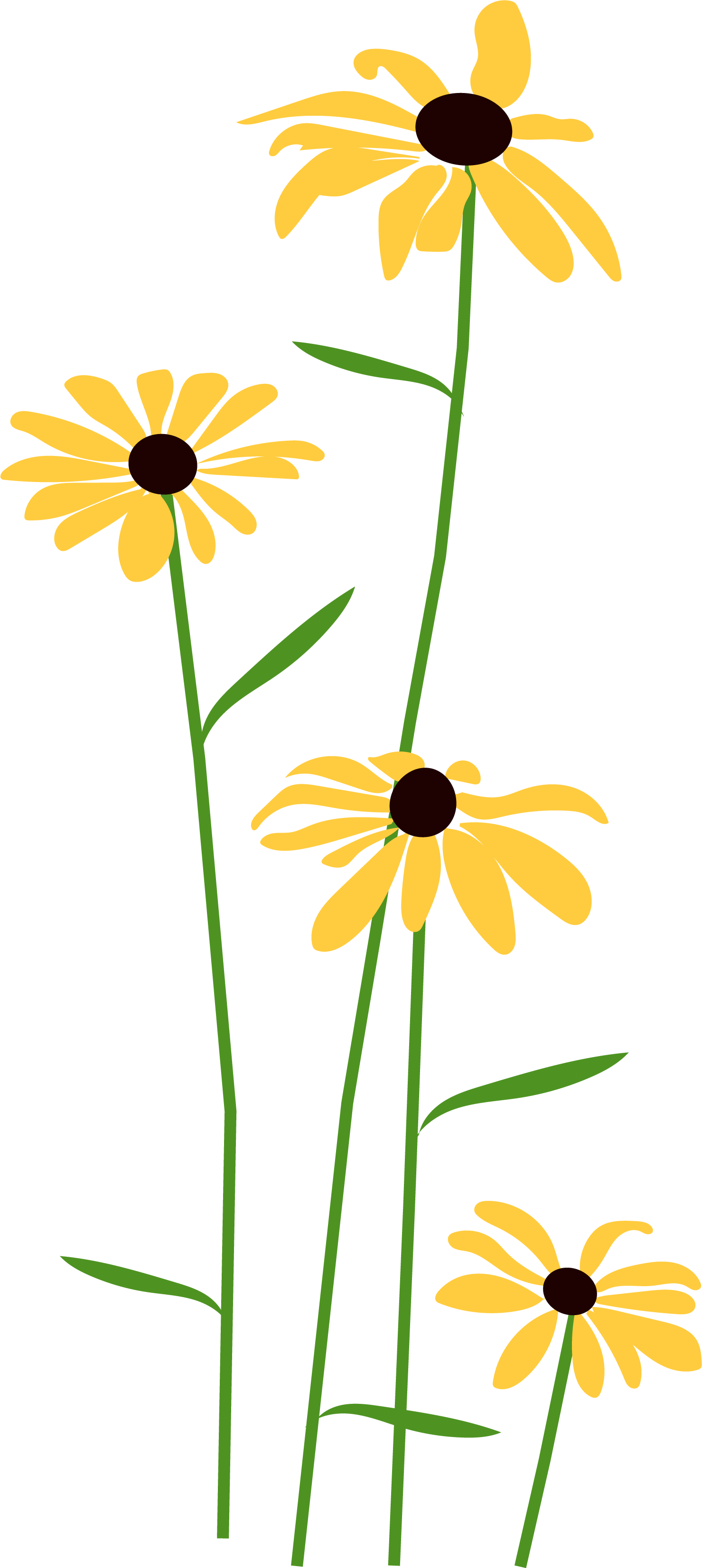Mulch
Worse: cypress mulch. Cypress forests are overharvested and cypress groves cannot regenerate at the current rate of use.
Worse: rubber mulch. Made from chipped auto tires, which contain zinc and other contaminants. Also, it has a bad smell.
Worse: cocoa bean shells. These contain theobromine, which is toxic to dogs.
Worse: wood mulch made from recycled wood products, which can come from old buildings and might contain chemicals like arsenic, creosote, or lead paint.
Better: old leaves.
Better: sawdust (but only if it’s generated at home or from a reliable source—commercial sawdust can contain bits of plywood or particle board which have been treated with chemicals. Wood sawdust can also occasionally leech nitrogen from soil, so consider your NPK ratio and the needs of your plants.)
Better: pine needles
Better: natural wood mulch made from natural wood products
Best: compost
Look for: a certification from the Mulch and Soil Council. These mulches will often be made from pine, as a byproduct of lumber milling and processing.
Don’t worry about: red or black colorants in good wood mulch. Red is iron oxide, and black is ordinary carbon.
Fertilizer
Before fertilizing, always test soil for the nitrogen (N), phosphorus (P) and potassium (K) ratio
Nitrogen and ESPECIALLY phosphorus overages are responsible for most polluted waters, so try to avoid adding N and P unless really necessary!
Look for fertilizers with low (or no) phosphorus. Fertilizers are required to state the NPK ratio on the label. Sometimes organic fertilizers contain more phosphorus, especially if they are byproducts of manure.
Visit the Brand Name Product List (BNPL) of the Organic Materials Review Institute (OMRI) -- a private, nonprofit organization that determines whether products qualify as organic under the USDA’s National Organic Program.
Look for certified organic fertilizers, which can be granular or liquid.
Try liquid kelp fertilizer, which contains natural growth hormones and micro nutrients for plants, but can be produced without chemical byproducts. The kelp used for fertilizer can be harvested sustainably, and the liquid or granular formulas are easy to apply, and safe for edible plants.
Best Overall Green Gardening Practices
Organic gardening
Cultivating a diverse community of native plants, and researching companion plants
Double digging (helps soil hold more water, improves aeration)
Vermicomposting (worms!) and composting food waste
Drip Irrigation (much less wasteful of water than sprinklers)Mulching (helps retain moisture in soil, and can be a way to recycle organic waste material)
Integrated Pest Management
Testing soil for acidity and NPK ratio before fertilizing
Rainwater harvesting and removing impermeable surfaces
Rainwater Management
Rainwater and melted snow carry oil, grease, salt, and other pollutants into sewers and then into our rivers and streams.
Most rainwater in urban areas becomes runoff, because buildings, roads, and pavement cover much of the permeable soil that might absorb the water.
The best way to alleviate stormwater pollution is to soak up rain water before it has a chance to pick up pollutants from the roads and enter the sewers:
Raincheck (by the Philadelphia Water Department) & similar programs help provide and install subsidized stormwater solutions for homes and businesses.
Visit pwdraincheck.org to take a quick online assessment and find out what stormwater tools might work for your property.
Rainbarrels harvest and store rain from roofs and downspouts
Rainbarrels are often recycled. The PWD uses barrels that previously stored food or other non-toxic materials.
Simple maintenance rules (draining before storms, keeping lids on tight, and detaching before winter) can help the barrel last and keep mosquito larvae out.
Downspout planters can be beautiful mini gardens—build one yourself with a base layer of gravel for drainage, a layer of stormwater-friendly soil mix, and native perennial plants.
Raingardens are shallow depressions in the landscape that can be filled with plantings—a cost-effective and beautiful way to absorb rainwater.
De-paving: removing concrete or asphalt wherever possible creates more permeable surface area for rain absorption. Consider installing rain gardens or areas of mulch, grass, plantings, or stone as replacements.
Permeable Pavers for driveways and patios: laying stones or bricks with small spaces between instead of pouring concrete or asphalt.
Look in your area for subsidized programs that will help replace non-permeable surfaces with porous pavers.
Plants
Always look for native plants, which require less water, fertilizer and pesticide, being naturally suited to the surroundings.
For lawns, choose blends of grasses that thrive in drier areas—which means they require less watering and mowing, and less fertilizer. Some examples include buffalograss and seashore paspalum.
Kentucky bluegrass, one of the most popular lawn grasses in the US, requires immense amounts of water.
Diversify plant choices! This will support the health of your garden ecosystem overall.
Pesticides/Herbicides
Look for organic herbicides, which often use acetic acid (the acid in vinegar) or citric acid to kill unwanted plants.
Pulling weeds by hand as they emerge (rather than attempting to treat an area after a plant colony has taken root) is a very effective method for preventing unwanted overgrowth.
Diatomaceous Earth can kill household and garden pests within 48 hours of contact, but is harmless to people and pets.
Try using soaps, neem oil, and horticulture oil as alternatives to chemical pesticides.
Try homemade garlic spray as a pest repellent (15 cloves of garlic crushed into one pint of water and strained).
Corn gluten, the by-product of corn processing, contains proteins that inhibit root germination of many weeds, and acts as a natural herbicide while also containing nitrogen, which helps grass and other plants.



